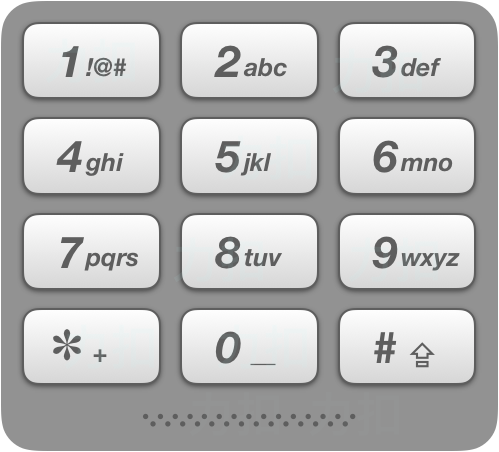17 电话号码的字母组合
约 488 字
预计阅读 1 分钟
次阅读
1
2
3
|
给定一个仅包含数字 2-9 的字符串,返回所有它能表示的字母组合。
给出数字到字母的映射如下(与电话按键相同)。注意 1 不对应任何字母。
|

示例:
1
2
3
4
5
6
7
8
9
10
11
12
|
输入:"23"
输出:["ad", "ae", "af", "bd", "be", "bf", "cd", "ce", "cf"].
方法:回溯
回溯是一种通过穷举所有可能情况来找到所有解的算法。如果一个候选解最后被发现并不是可行解,回溯算法会舍弃它,并在前面的一些步骤做出一些修改,并重新尝试找到可行解。
给出如下回溯函数 backtrack(combination, next_digits) ,它将一个目前已经产生的组合 combination 和接下来准备要输入的数字 next_digits 作为参数。
如果没有更多的数字需要被输入,那意味着当前的组合已经产生好了。
如果还有数字需要被输入:
遍历下一个数字所对应的所有映射的字母。
将当前的字母添加到组合最后,也就是 combination = combination + letter 。
重复这个过程,输入剩下的数字: backtrack(combination + letter, next_digits[1:]) 。
|

问题转化成了从根节点到空节点一共有多少条路径;
1
2
3
4
5
6
7
8
9
10
11
12
13
14
15
16
17
18
19
20
21
22
23
24
25
26
27
28
29
30
31
32
33
34
35
|
class Solution:
def letterCombinations(self, digits: str):
if len(digits) == 0:
return []
number_al_dict = {
'2': 'abc',
'3': 'def',
'4': 'ghi',
'5': 'jkl',
'6': 'mno',
'7': 'pqrs',
'8': 'tuv',
'9': 'wxyz'
}
if len(digits) == 1:
return [i for i in number_al_dict[digits[0]]]
tmp = []
output = []
def backtrack(path, next_numbers):
if len(next_numbers) == 0:
tmp.append(path)
output.append("".join(path))
return
for letter in number_al_dict[next_numbers[0]]:
# if letter in path:
# continue
path.append(letter)
backtrack(path, next_numbers[1:])
path.pop()
backtrack([], digits)
return output
|

